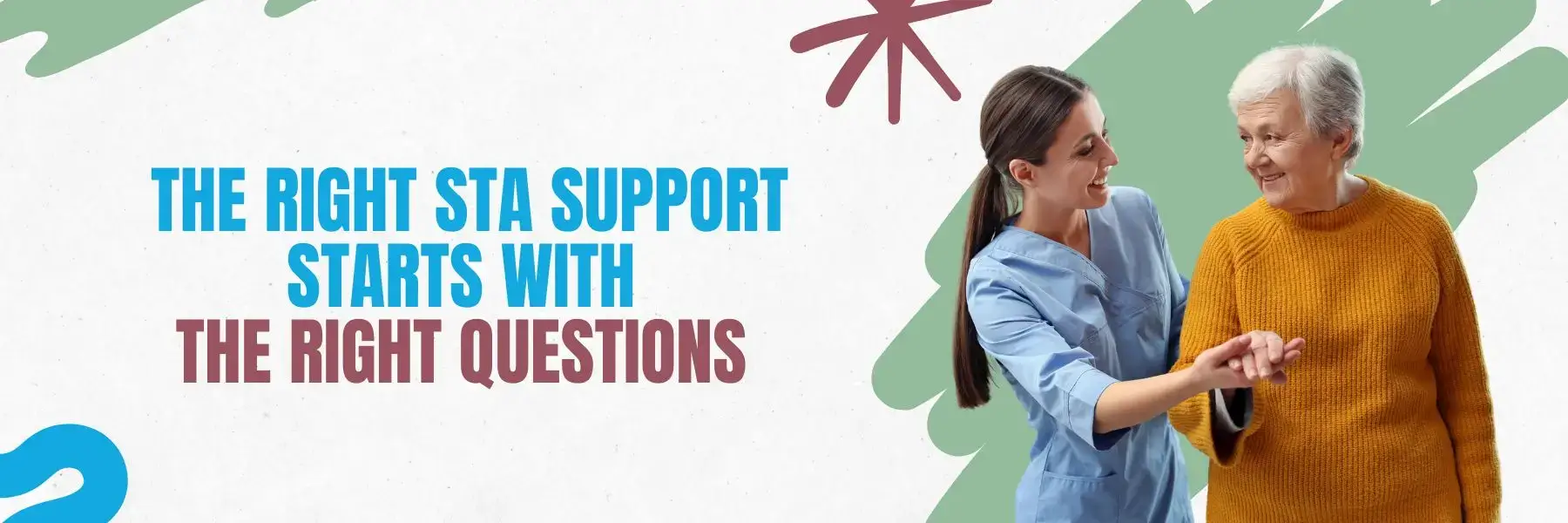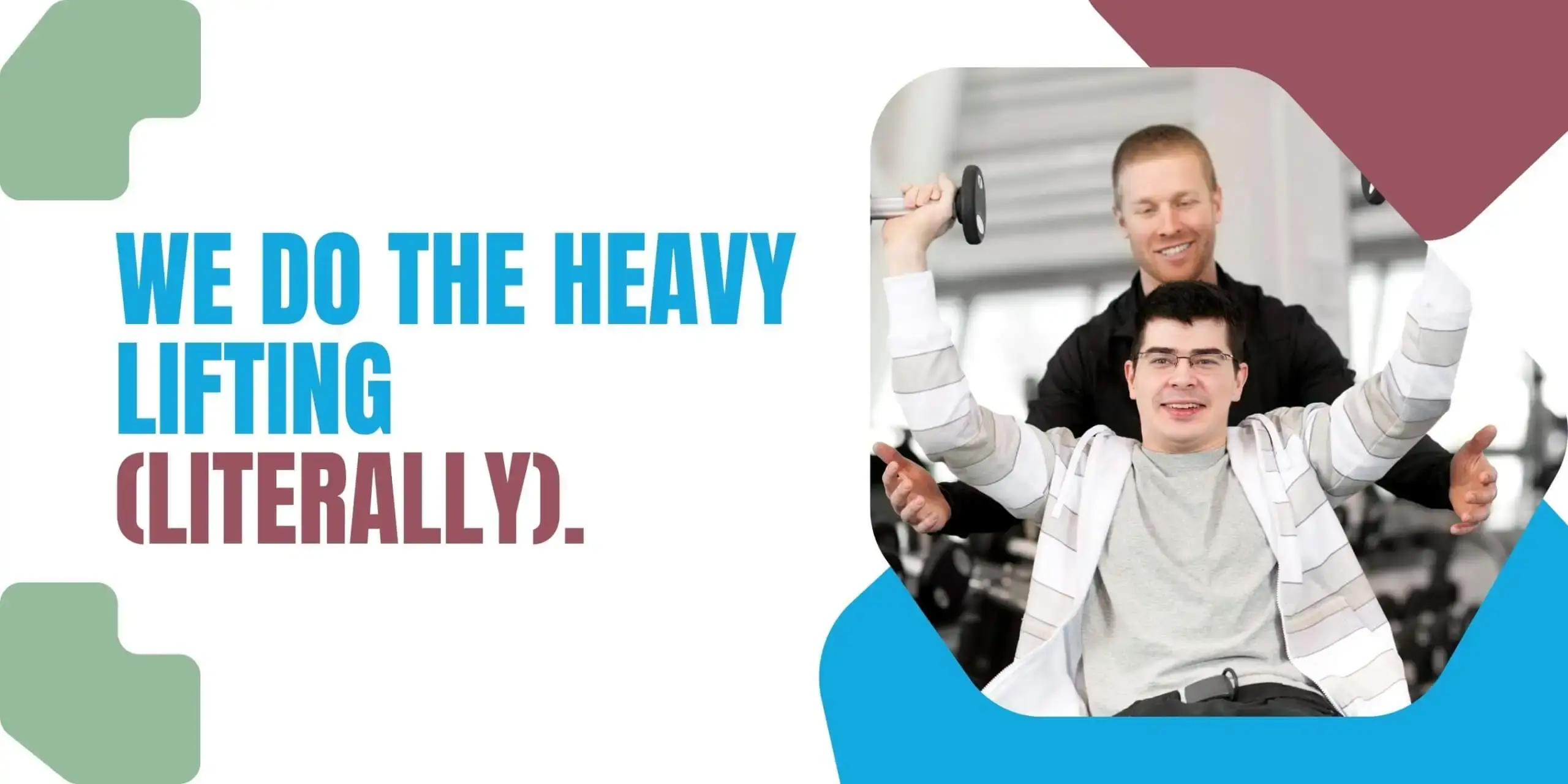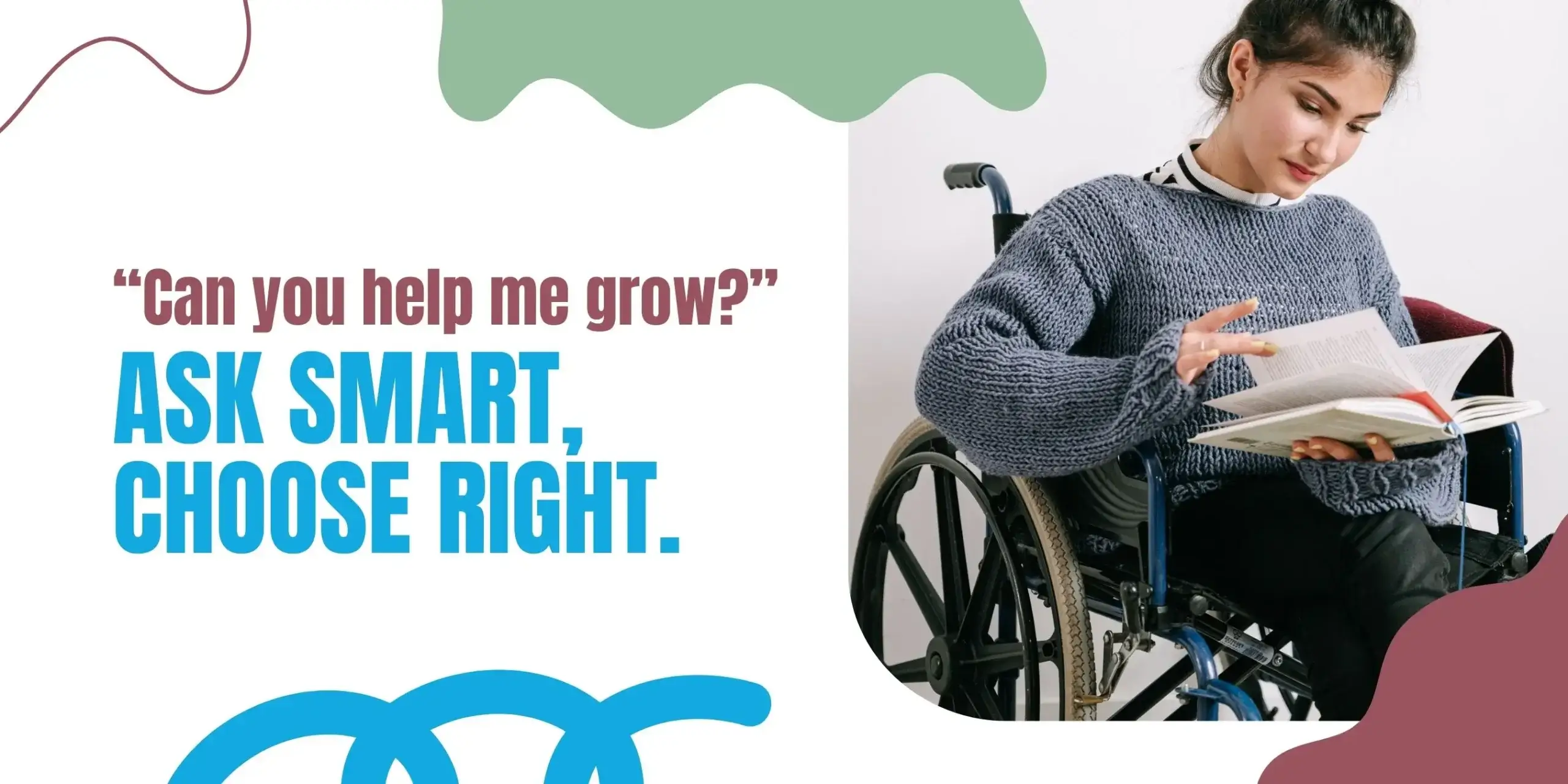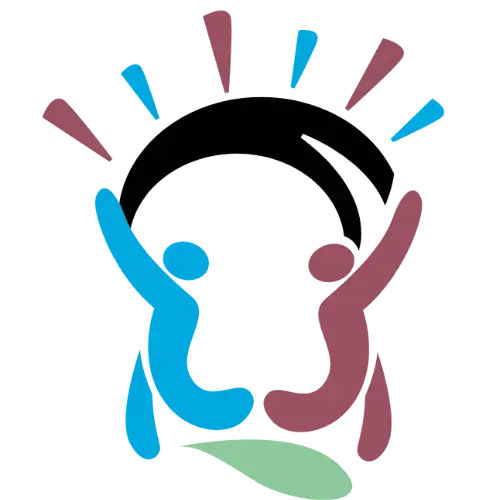Picture this: a young adult with high support needs is ready to live more independently. They’ve secured a home tailored to their mobility requirements, and now they need daily support to navigate life. As a SIL provider, you’re stepping in to help—but the housing is managed by someone else. This is where the lines between SIL and SDA can start to blur if you’re not clear on how each role fits into the bigger picture.
In the world of disability services, Supported Independent Living (SIL) and Specialist Disability Accommodation (SDA) are two very different forms of NDIS support but they often work together. If you’re a SIL provider, understanding these differences isn’t just helpful, it’s essential. It ensures you’re delivering the right services, complying with the NDIS framework, and helping participants make empowered choices about where and how they live.
Let’s break down what makes SIL and SDA different, and how learning both can assist in providing improved care.
What is SIL (Supported Independent Living)?
SIL is just about the day-to-day support an individual with disability may require living more independently. It’s paid for through the Core Supports budget of a participant’s NDIS plan and encompasses things such as:
- Assistance with showering, dressing, or grooming
- Preparation and cooking meals
- Reminders for taking medication or supervising medication
- Domestic routines and assistance with domestic duties
- Nighttime support or awake night shifts
The aim of SIL is to enhance capacity and independence in daily living. SIL providers usually work with individuals in shared living arrangements, but services can also be provided in private residences, rentals, or even SDA-approved residences.
Your responsibility as a SIL provider is to provide flexible, individualised care that is compatible with your client’s goals, needs, and lifestyle. This will usually involve collaborating with families, therapists, support coordinators, and housing providers.
What is SDA (Specialist Disability Accommodation)?
SDA stands for the physical dwelling or residence where a person resides. These homes are specially built for individuals with very high support needs or extreme functional impairment.
SDA is funded under the Capital Supports budget of an NDIS plan and is designed to fund the cost of living in a home that has strict accessibility and design requirements. Such homes may feature such things as:
- Wider doorways to accommodate wheelchairs
- Ceiling hoists
- Smart home technology
- Reinforced walls and secure rooms for participants with complex behaviour needs
Not all SIL recipients are eligible for SDA. Actually, it’s only a small percentage of NDIS participants. SDA is usually reserved for those who require a specially designed living space that standard housing can’t offer.
Keep in mind that SDA pays for the property not the support workers. A participant residing in SDA can have any SIL provider they prefer. This distinction promotes independence, transparency, and choice.
The Key SIL and SDA Differences Providers Need to Know
One of the biggest differences is that SIL is centered around support, whereas SDA is centered around housing. SIL providers provide support with daily living, whereas SDA providers need to maintain the property and keep it up to NDIS standards.
Another important consideration is that these supports are separately funded. Merging them can cause confusion with participants and NDIS compliance problems. Your concern as a SIL provider should be to provide quality care, not to control or direct housing choices.
Participants are eligible to receive SIL in any home, not only SDA housing And those who live in SDA can choose their supporters. That makes it all the more important for SIL providers to honor participants’ autonomy and work with other service providers in an ethical way that’s also participant-centered.
Why This Matters to SIL Providers
Understanding SDA helps SIL providers:
- They develop individualised support plans that supplement the physical setting
- Work more effectively with therapists and housing providers
- Prevent role confusion, which may cause confusion or duplication of effort
- Empower participants by explicitly describing their rights and choices
When both parties understand roles and responsibilities, the participant is the recipient of reduced transitions, enhanced communication, and increased quality of life.
A Collaborative Approach Leads to Better Outcomes
SIL and SDA can be distinct, but they’re strongest when used together. For instance, a participant might use the structural design of an SDA home for physical safety but rely on SIL support to take medication and navigate their morning routine. When both providers are aware of how their services overlap and where they don’t, the participant feels more stable, independent, and confident.
The best SIL providers are the ones who realise they’re not alone. That is, respect participant choice, work collaboratively, and embrace ongoing learning in an ever-evolving disability world.
Conclusion
If you’re a SIL provider who wants to provide genuine value to the individuals you support, it’s critical to know how SIL and SDA are different and how they relate. Being educated enables you to provide improved care, enhance coordination with housing and health teams, and most importantly, ensure participants are living in safe, supportive settings that really feel like home.
At Optimal Care Australia, we are experts in person-centred SIL services that honour the unique needs of every participant. We also offer high-quality Specialist Disability Accommodation (SDA) for those who require purpose-built housing designed for greater independence and safety.
Our dedicated team works closely with support coordinators, families, and other providers to ensure smooth transitions, clear role boundaries, and consistent, respectful care.
Whether your client is seeking SIL, SDA, or both, Optimal Care Australia is here to provide the right support at every step of their journey.







